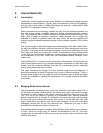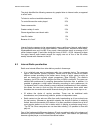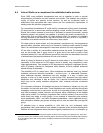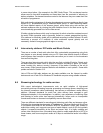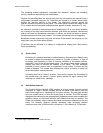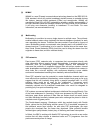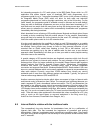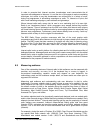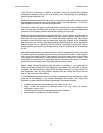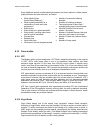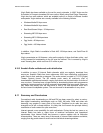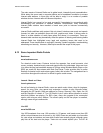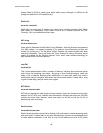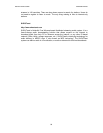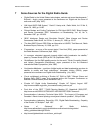
DIGITAL RADIO GUIDE INTERNET RADIO
84
In order to promote their Internet services, broadcasters must communicate the all
important web addresses to listeners. It is not the aim of this paper to explore marketing
techniques, but suffice to say that broadcasters can achieve this in a variety of ways:
during live programmes; in advertising campaigns on radio, TV, Internet or in print; and
with e-mail marketing campaigns, press releases and giveaways.
Where Internet radio really comes into its own is as a marketing tool in its own right.
Radio is an "experience product" which consumers must sample before they become
regular listeners. There is evidence from the BBC and others that Internet radio players
can boost listening figures for traditional radio by encouraging listeners to experiment and
discover new programmes. Furthermore, some shows already have as many "catch-up"
listeners online as they do for the original live broadcasts.
The BBC Radio Player provides consumers with lists of the most popular radio
programmes and links to allow listeners to click through to shows related to their favourite
genres. The BBC hopes that later versions of its player will offer hints for listening, along
the lines of the "if you liked that, you may like this" services offered by Amazon and Q
Magazine. As things stand, the BBC claims that its player adds millions to listening
figures.
Internet radio is also a useful platform for collecting data and for building communities of
dedicated listeners. Message boards and chat rooms create communities, with the added
benefit that in order to register, listeners must fill out customer profile forms and give their
contact details. Information gathered in online competitions can also contribute to listener
databases for the purposes of market research.
6.9 Measuring audience
One of the outstanding features of Internet radio is that audiences can be measured with
precision and accuracy, as every hit of the keyboard key or mouse is logged. In
conventional broadcasting, research results may depend on user behaviour, the
methodology used and the audience sample taken, so these results are often open to
argument and criticism.
Measuring web audience and understanding web user behaviour is vital to online
businesses. Consumer statistics data is used to keep a record of a website's hits and
traffic patterns and can help in understanding visitor behaviour. This data may provide
the overall number of visits to the website during the specified time frame in terms of
parameters such as Page Views, Unique Visitors, Most Popular Pages, Most Visited
Documents, Most Visited Dynamic Pages and Forms, Top Downloaded Files, Most
Accessed File Types, and others.
As modern websites tend to be dynamically created and designed, and can embed audio
and/or video files and streams, Media Monitoring statistical evaluations are needed. Early
attempts involved Arbitron
16
Internet radio listening and the way the popularity of Internet
radio stations was assessed. Arbitron's MeasureCast Rating gives total time spent
listening (TTSL) estimates and provides regular weekly and monthly webcast audience
reports. TTSL is the sum total of hours that listeners tune into a given station or portal
(network).
For example, during the week of October 28 of 2002, Clear Channel Worldwide was the
top ranked Web radio network with 1,566,183 Total Time Spent Listening (TTSL).
MusicMatch was ranked number 2 with 1,205,175 and StreamAudio was third with
16
http://www.arbitron.com/home/content.stm



